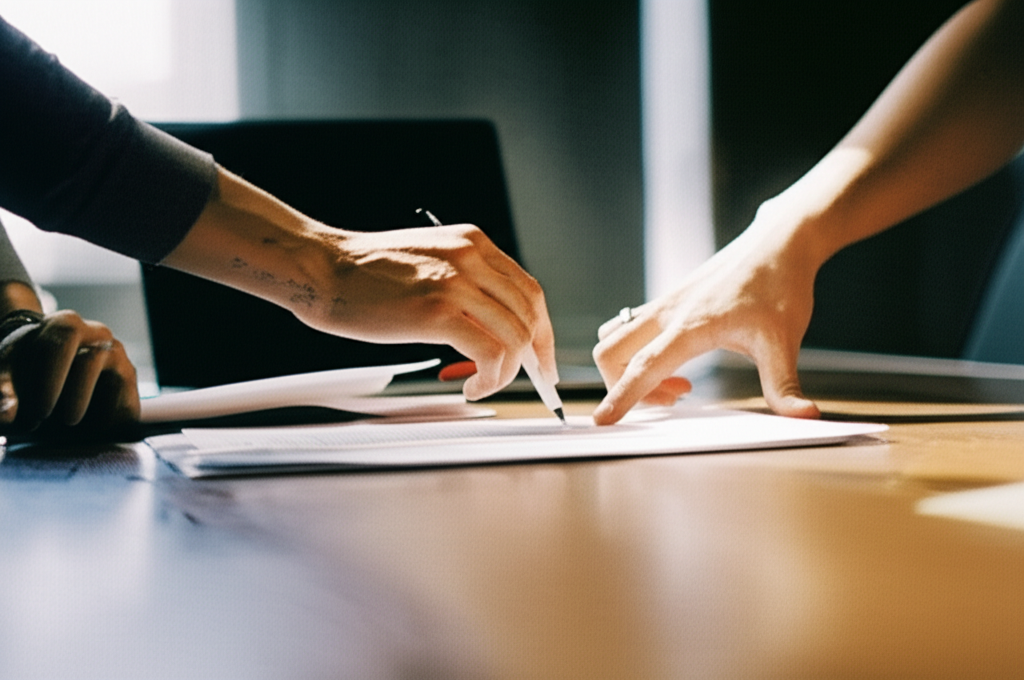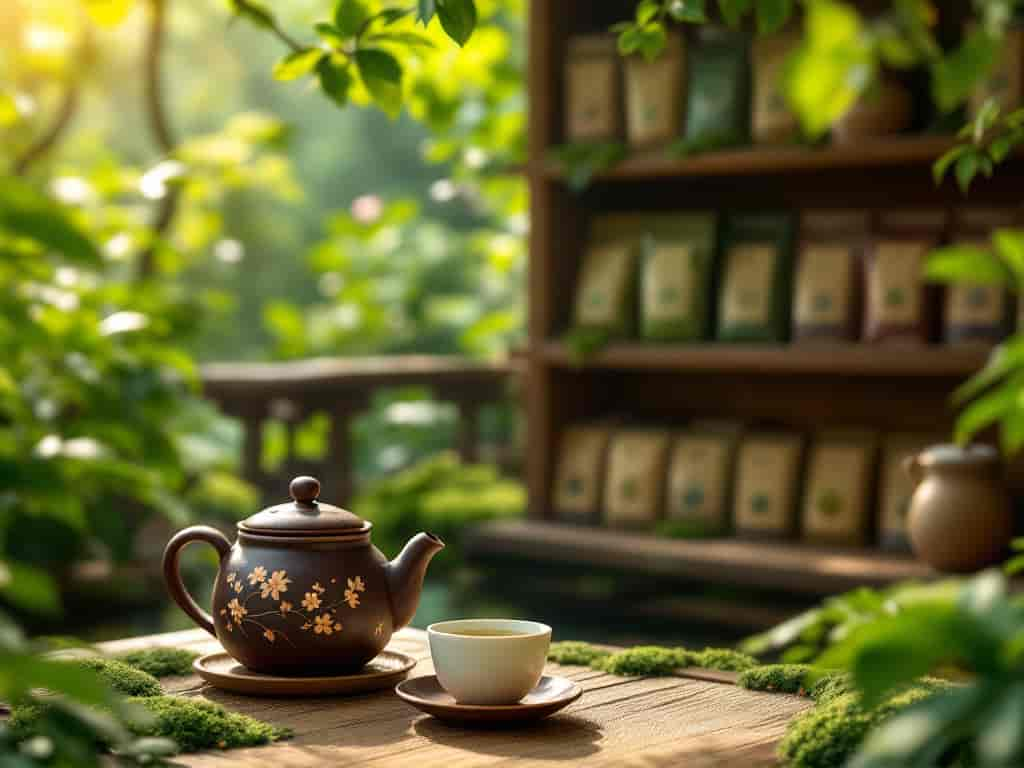How To Connect Wires In An Automotive Plug Easily
Ellie Moore

Photo: DIY automotive wiring guide: Learn to connect car wires safely & reliably. Fix electrical issues and install accessories with confidence.
Connecting Wires in Automotive Plugs: A Comprehensive Guide for DIY Enthusiasts
Automotive electrical systems can seem daunting, a tangled web of wires and connectors. Yet, understanding how to properly connect wires in an automotive plug is a fundamental skill that every car owner or DIY enthusiast can master. It's not just about getting a component to work; it's about ensuring safety, reliability, and longevity for your vehicle's intricate electrical network. From fixing a faulty headlight connector to installing new accessories, mastering this skill empowers you to tackle common car electrical issues with confidence.
In this in-depth guide, we'll demystify the process of connecting wires to automotive plugs, offering clear, actionable steps and expert insights. We'll cover everything from the essential tools you'll need to the best connection methods, ensuring your repairs are not only easy to perform but also meet the high standards of a professional job.
Why Proper Automotive Wiring Matters
Before diving into the "how-to," it's crucial to understand the "why." Automotive electrical systems are under constant stress from vibrations, temperature fluctuations, moisture, and chemical exposure. A poorly made connection can lead to a cascade of problems, far beyond a simple non-working component.
- Safety: Loose or improperly insulated connections can cause short circuits, overheating, and even vehicle fires. This is perhaps the most critical reason to ensure every connection is robust and secure.
- Reliability: Intermittent electrical issues – flickering lights, erratic gauges, or components that randomly stop working – are often traced back to bad connections. Proper wiring ensures consistent power and signal flow.
- Performance: Modern vehicles rely heavily on precise electrical signals for everything from engine management to advanced safety features. A high-resistance connection can degrade these signals, impacting performance and potentially triggering diagnostic trouble codes.
- Longevity: Quality connections resist corrosion and wear, extending the lifespan of your wiring harness, electrical components, and ultimately, your vehicle.
Understanding Automotive Plugs and Wires
Automotive wiring is designed to withstand harsh conditions. Knowing the basics of plugs and wires will help you choose the right components and methods for your project.
Types of Automotive Plugs and Connectors
Automotive plugs and connectors come in various shapes, sizes, and designs, each suited for specific applications.
- Crimp Connectors: These are the most common type for joining wires and terminals. They create a mechanical bond by squeezing a metal terminal around the wire. Examples include butt connectors (to join two wires end-to-end), spade terminals (for screw connections), and ring terminals (for stud connections).
- Sealed Connectors (e.g., Weather Pack, Deutsch Connectors): Designed for harsh environments like under the hood or off-road applications, these connectors feature built-in seals to protect against moisture, dust, and chemicals, ensuring reliable connections in critical systems.
- Multi-pin Connectors: These house multiple wires within a single housing, allowing for organized and efficient wiring systems for complex circuits, such as those found in modern control systems.
Automotive Wire Characteristics
Vehicle wiring is typically made of stranded copper, which is flexible and resistant to vibration, unlike solid-core wire. Wires are also color-coded for identification and come in various gauges (thicknesses), denoted by AWG (American Wire Gauge). Matching the wire gauge to the current load and the connector is crucial. Using a wire that's too thin can lead to overheating, while one that's too thick might not fit the connector properly or add unnecessary resistance.
Essential Tools for the Job
Having the right tools is paramount for achieving professional, reliable automotive electrical connections. Attempting to improvise with inadequate tools often leads to frustration and, more importantly, faulty connections.
Here's a list of essential tools:
- Wire Strippers: Precision wire strippers are vital for cleanly removing wire insulation without damaging the conductor strands. Different gauges require different stripper settings.
- Crimping Tool: A high-quality crimping tool designed for automotive connectors (often ratcheting type) is essential for creating secure, professional crimps. Avoid using pliers, as they won't provide a proper, consistent crimp. Some specialized crimpers are needed for sealed connectors like Weather Pack or Deutsch.
- Heat Gun: If you're using heat-shrink tubing or solder-seal connectors, a heat gun provides controlled heat to shrink the tubing or melt the solder without damaging surrounding components.
- Multimeter/Circuit Tester: An invaluable diagnostic tool to check for voltage, continuity, and resistance, helping you identify live circuits, troubleshoot problems, and verify your connections.
- Electrical Tape/Heat Shrink Tubing: For insulating and protecting connections. Adhesive-lined heat shrink tubing offers superior environmental sealing.
- Wire Cutters (Diagonal Cutters): For cleanly cutting wires.
- Terminal Removal Tool (Pin Extraction Tool): Useful for safely removing pins from connectors without damaging the housing, which is often necessary when replacing individual wires within a plug.
- Soldering Iron (Optional, for soldering applications): If you opt for soldering, a good quality soldering iron with adjustable heat settings and appropriate solder (rosin core) is necessary.
Step-by-Step Guide: Connecting Wires to an Automotive Plug
Connecting wires to an automotive plug involves careful preparation and execution. Follow these steps for reliable results.
1. Preparation is Key
Proper preparation sets the foundation for a successful and safe connection.
- Disconnect the Battery: Always disconnect the negative terminal of your vehicle's battery before working on any electrical system. This prevents accidental short circuits and protects you and your vehicle's electronics.
- Identify Wires: If you're replacing an existing plug or modifying a circuit, accurately identify each wire's function (e.g., power, ground, signal) using a wiring diagram or by tracing connections. Labeling wires can prevent confusion, especially in multi-pin plugs.
- Gather Your Tools and Materials: Ensure all necessary tools, connectors, and insulation materials are within reach.
- Clean the Wires: If working with old wiring, inspect the bare copper strands for corrosion. Corroded wire can lead to poor conductivity and increased resistance. If present, gently clean the wire with fine-grit sandpaper or a wire brush until the copper is shiny.
2. Stripping Wires Correctly
Precise wire stripping is critical. Too much insulation removed leaves exposed wire, risking a short circuit. Too little, and the connector won't make full contact with the conductor.
- Select the Correct Stripper Gauge: Most wire strippers have marked gauges. Match the stripper's opening to the wire's AWG.
- Strip the Right Amount: For most crimp-on terminals, you'll need to strip just enough insulation to allow the bare wire to fully enter the terminal's barrel and be gripped by the crimp, without insulation being crimped. Typically, this is about 1/4 to 3/8 inch (6-10mm).
- Clean Cut: Insert the wire, close the strippers firmly, and pull straight off. Inspect the stripped wire to ensure no strands are cut or nicked.
- Twist Strands (Optional but Recommended): Gently twist the exposed copper strands together to keep them neat and prevent stray strands from causing shorts.
3. Choosing Your Connection Method: Crimping vs. Soldering
This is a common debate among automotive enthusiasts. Both methods have their place, but crimping is generally preferred for most automotive applications due to vibration and flexibility.
Crimping (Recommended for most automotive applications)
Pros:
- Vibration Resistance: A properly crimped connection is mechanically strong and flexible, making it highly resistant to vibrations common in vehicles.
- Consistency: With the right tool, crimping is repeatable and less dependent on user skill than soldering.
- No Heat Damage: Avoids the heat associated with soldering, which can stiffen and weaken the wire's insulation or conductor (annealing).
- OEM Standard: Automotive manufacturers primarily use crimped connections in their wiring harnesses.
Cons:
- Requires specific, good-quality crimping tools for each type of connector.
- A poor crimp (too loose or too tight) can lead to high resistance or failure.
Soldering (Best for specific applications like PCBs or low-vibration areas)
Pros:
- Excellent Conductivity: Creates a solid metallic bond, offering very low resistance.
- Compact: Can be more compact than some crimp connections.
- Permanent: A well-soldered joint is very durable in static environments.
Cons:
- Brittle: Solder joints can become brittle and crack under vibration and mechanical stress, which is prevalent in a vehicle.
- Heat Damage: The heat from soldering can damage wire insulation or anneal (weaken) the copper conductor.
- Skill Dependent: Requires more skill and practice to achieve a good, reliable joint.
- Corrosion Risk: If not properly sealed, flux residue or microscopic cracks can allow moisture ingress, leading to corrosion. [
Finance & Investment
View All
January 23, 2025
Understanding NY Tax Finance RulesBoost rankings & engage readers with expert SEO content. Learn to create valuable, trustworthy content that satisfies user intent and meets E-E-A-T standards.
Ellie Moore

April 22, 2025
American Financing for Home LoansUnlock higher rankings & build trust with expert SEO content. Learn how E-E-A-T drives value, authority, and engagement for your brand.
Ellie Moore

November 19, 2024
5 Financial Mistakes to Avoid in Your 30sAvoid these 5 financial pitfalls in your 30s! Learn from others' mistakes and secure your financial future. Discover practical tips to navigate this crucial decade. Start planning today!
Ellie Moore

May 18, 2025
Ford Finance Login Help GuideUnlock online success with expert SEO content. Learn why it's non-negotiable for boosting rankings, building trust, and engaging your audience effectively.
Ellie Moore

June 9, 2025
Empower Finance Helping You Take ControlMaster SEO with expert content! Build authority, earn trust, and drive organic traffic. Understand E-E-A-T to create high-ranking, valuable content that truly e...
Ellie Moore

May 24, 2025
New York Taxation and Finance HelpMove beyond keywords! Discover how to craft expert SEO content using Google's E-E-A-T framework to build trust and authority.
Ellie Moore
Insurance
View AllCar accidents are costly. Our ultimate guide reveals how to secure comprehensive auto insurance, minimize financial risk, and gain essential peace of mind.
Ellie Moore
Is earthquake insurance worth it? Learn about coverage, costs, and risks to make an informed decision for your property.
Ellie Moore
Find out why term life insurance is more popular, affordable, and flexible than whole life. Choose the right coverage for you!
Ellie Moore
Enhance your coverage with insurance riders. Learn about their types, benefits, and why they’re crucial for customizing policies.
Ellie Moore
Discover how peer-to-peer insurance models operate, offering community-based risk-sharing alternatives.
Ellie Moore
Is pet insurance right for you? Explore the pros, cons, and costs of coverage to keep your furry friend healthy.
Ellie Moore
Education
View AllCompetency-based education focuses on mastery over seat time. Learn how this model is reshaping how we measure student success.
Read MoreDiscover how flipped classrooms work and why they’re becoming popular. Learn the key benefits of this innovative teaching approach.
Read MoreResearch universities play a key role in advancing knowledge. Explore how they drive innovation, discovery, and societal progress.
Read MoreForest schools offer hands-on learning in nature. Discover how this approach nurtures creativity, problem-solving, and environmental awareness in students.
Read MoreProject-based learning engages students by tackling real-world problems. Learn how this approach fosters critical thinking and creativity.
Read MoreLearn how UNESCO promotes education for all globally. Explore key initiatives and efforts aimed at fostering equal learning opportunities for everyone.
Read MorePopular Post 🔥
View All
1
2
3
4
5
6
7
8
9
10
Health






Automotive
View All
February 15, 2025
Vehicle Recalls: What You Need to Know
Concerned about a vehicle recall? Learn what steps to take and how to stay informed about recalls affecting your car. Stay safe on the road!

July 15, 2025
Choosing The Best Automotive Machine Shop Nearby
Your engine deserves expert care. Discover how to choose a top automotive machine shop for precision repairs, rebuilding, and performance.

September 3, 2025
Which Automotive Paint Gun Works Best For You
Unlock flawless car paint jobs! This guide helps you choose the best automotive paint gun for stunning results, efficiency, and control. Perfect for DIYers & pr...

July 28, 2025
Portable Automotive Air Conditioner Buying Guide
Transform hot drives into cool cruises! Our guide to portable car ACs offers instant relief, efficiency, and versatility for ultimate comfort.

July 18, 2025
Lee's Automotive Customer Experiences And Reviews
Need trusted auto repair? Explore Lee's Automotive's consistent 5-star reviews. Learn how their transparency & honest service build customer trust.

September 4, 2025
Automotive Sales Jobs Near Me You Should Try
Drive your career in auto sales! Discover a lucrative, dynamic path with high earning potential, skill development, and great growth opportunities.

















